- About us
- Support the Gallery
- Venue hire
- Publications
- Research library
- Organisation chart
- Employment
- Contact us
- Make a booking
- Onsite programs
- Online programs
- School visit information
- Learning resources
- Little Darlings
- Professional learning
Robert Quayle Kermode (1812– 1870) was a colonial landowner and politician. Born and educated on the Isle of Man, Kermode was the only son of merchant and shipowner, William Kermode, who had spent much of the early 1820s engaged in shipping cargo between Liverpool and Hobart. William settled permanently in the colony in 1827, bringing Robert with him to assist in the management of his property, Mona Vale, near Ross. In November 1839, Robert married Martha Elizabeth Henrietta Archer (1821–1853), the daughter of Thomas Archer, a free settler with extensive landholdings in the Norfolk Plains district. While the details of Martha’s education are unknown, it’s probable that she attended Ellinthorp Hall, a fashionable girls’ school near Ross that provided tuition in ‘every branch of Female acquirement’ to the daughters of the island’s prominent families. After their marriage, Robert and Martha took up residence in one of a number of cottages on the Mona Vale estate, which Robert continued to manage with his father. Of their seven children, only three survived to adulthood; Martha died of tuberculosis in January 1853, aged thirty-one. Robert took his three sons to England in 1858 and remained there for two years during which time he remarried. He returned to Tasmania with his second wife, Emily Adenbrooke, in 1860 and five years later set about planning a third homestead for Mona Vale. Designed by Martha’s brother, William Archer, and built of local sandstone, the so-called ‘calendar house’ – 365 windows, fifty-two rooms, twelve chimneys and seven entrances – took three years to complete and can lay claim to being the largest private home in Australia. A prominent anti-transportationist with liberal views, Kermode was a member of the Legislative Council and the House of Assembly in the 1850s and 1860s. He was also a significant contributor to the building of various institutions in the Ross district, including the new church of St John, consecrated in 1869. A report of his death in May 1870 described him as ‘a man of great energy and determination, combined with the most thorough conscientiousness and affability’.
Henry Mundy (c. 1798–1848) came to Van Diemen’s Land in 1831 and took up a position as teacher of drawing, French and music at Ellinthorp Hall. He worked there for several years, seemingly securing via his pupils an association with families who became his clients when he later established himself in Launceston as a painter and music teacher. Mundy left Launceston in late 1840 and by 1842 was in Hobart, advertising himself as a ‘portrait and landscape painter’ with ‘leisure for a few pupils who are desirous of instruction in painting, drawing or music’. His work was favourably received: one review from 1846, for example, commending Mundy for the ‘warm and vigorous’ style with which he executed the likeness of a Hobart businessman, Thomas Harbottle. By this time, however, Mundy’s business as a painter was foundering and his attempts to make a living as a farmer failed too. Mundy then entered a period of personal decline characterised by alcoholism and depression. He died in a Hobart pub in March 1848 as a result of an overdose of laudanum.
Purchased 2008. The original frame for this work was donated to the National Portrait Gallery of Australia by the National Gallery of Victoria 2009.



On one level The Companion talks about the most famous and frontline Australians, but on another it tells us about ourselves.
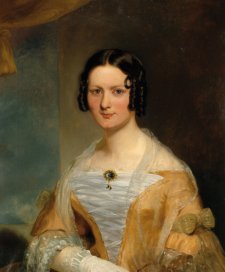
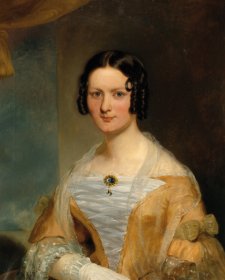
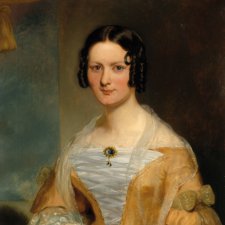
Henry Mundy's portraits flesh out notions of propriety and good taste in a convict colony.
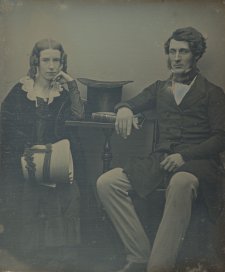
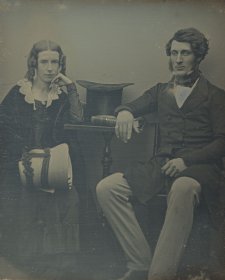
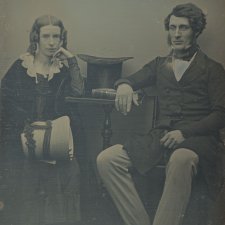
'I have just been to my dressing case to take a peep at you.